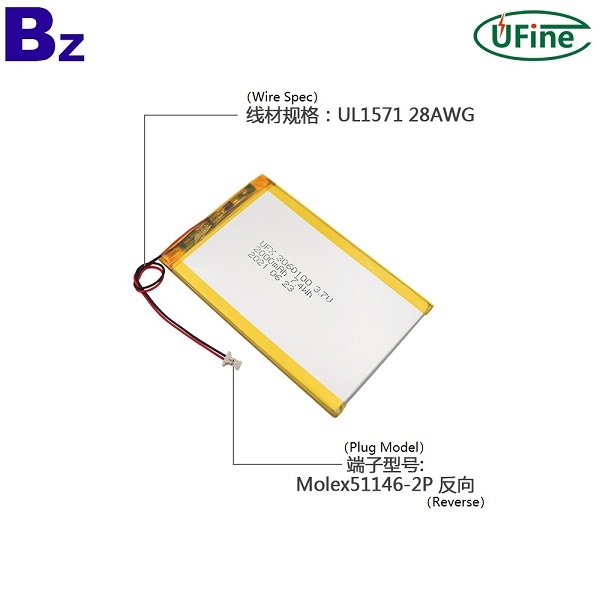Many people are elusive about newly-purchased lithium batteries. The author summarized 10 tips on how to use lithium batteries, and share them with you, hoping to help.

1. How to use the newly purchased lithium battery? Should it be charged or discharged first? How to charge and discharge?
In fact, most of the current lithium batteries are polymer lithium batteries, and there is no such thing as how long the battery needs to be recharged for activation as the previous lithium battery manufacturers said. After we buy it back, it can be used normally. First discharge with a small current (usually set to 1-2A), and then use 1A current for charge and discharge cycles for 2-3 times.
2. The new battery has just started to use, the voltage is unbalanced, and after charging and discharging several times, it is normal again. What is the problem?
The main reason is that although the individual cells in the battery pack are well-matched, there are still individual differences in self-discharge. It usually takes more than 3 months for a new battery to reach the user from the factory. During this time Single cells will exhibit different voltages due to different self-discharges, so that the voltage difference in the battery pack becomes larger (ie unbalanced); because the current chargers on the market all have a charge balance function, the balance will be restored when the charger is charged.
3. In what environment should lithium batteries be stored?
Store in a cool and dry environment, the room temperature is 15-35℃, and the ambient humidity is about 65%. In addition to being afraid of low power, lithium batteries are also afraid of overheating, especially if the heat dissipation of the electrical equipment is poor when charging, it is best to remove the battery when charging heat; the long-term storage method for lithium batteries is to charge them to 40% and put them in In the refrigerator, but remember not to freeze.
4. How long does lithium power use? How many cycles can be used normally? What factors affect life span?
A lithium battery can generally be used for a cycle life of about 500 times. The main factors affecting the life are:
1). Temperature, the battery cannot be used or stored in an overheated environment (35℃);
2). During charging and discharging, the battery pack cannot be overcharged and discharged. The voltage of a single battery cell must be between 4.2-3.0V, and the high-current working pick-up voltage should be guaranteed to be above 3.4V;
3). Select models with appropriate power to avoid reluctant use of the battery pack under overload conditions.
5. Does the new lithium battery need to be activated? Will it be affected if it is not activated?
It needs to be activated. Generally, there will be more than 3 months for a new battery from the factory to the user. The battery will be in a dormant state and it is not suitable for high-intensity discharge immediately, otherwise it will affect the efficiency and life of the battery.
6. What is the reason why the new battery cannot be charged?
The cell has zero power, the battery has large internal resistance, and the charger mode is incorrect.
7. What does the "C" number of lithium batteries represent?
"C" is the symbol of battery capacity, which has the same meaning as the symbol of current "I". "C number" represents the rate that we often say, that is, the abbreviation of the current size that the battery can work on the basis of the nominal capacity. Take 2200mAh 20C as an example, 20C indicates that the battery can work normally with a current of 2200mA×20 = 44000mA; 20C discharge means that the battery is discharged with a current of 44000mA.
8. What is the best storage voltage for lithium batteries? How much is the battery charge in the factory?
The voltage of a single cell is between 3.70V-3.90V, and the factory will generally have 30-60% of the power.
9. What is the normal pressure difference between the single cells of the battery pack? What should I do if the rated pressure difference is exceeded?
A new battery with a delivery date within 1 month is usually about 30mV or 0.03V, a battery pack that has been stored for a long time for more than 3 months, can be used at 100mV or 0.1V, and a battery pack that exceeds the rated pressure difference. A smart charger with balance function can be used for 2-3 low current (1A) charge and discharge cycles, which can repair most battery packs with abnormal voltage differences.
10. Can the battery be stored for a long time after it is fully charged?
The full battery storage time should not exceed 7 days; the battery is best stored under a single voltage of 3.70V-3.90V, which is conducive to prolonging the battery life. If it is not used for a long time, ensure that it is charged and discharged every 1-2 months.



